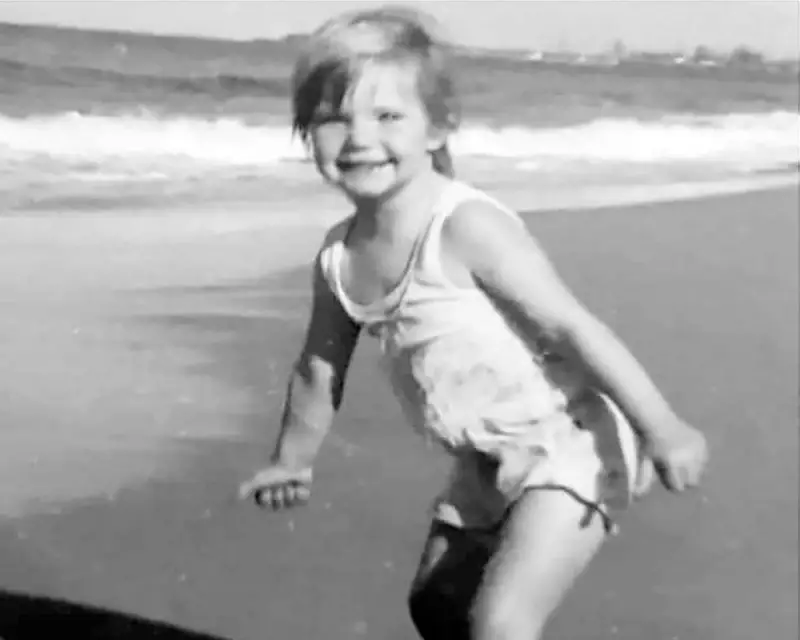
In a dramatic development that has sent shockwaves through Australia's legal and political circles, a New South Wales MP has publicly identified the man long suspected of abducting three-year-old Cheryl Grimmer from an Australian beach more than five decades ago.
The Political Revelation That Shook a Nation
State MP Milton Orkopoulos took the extraordinary step of naming the suspect during a passionate parliamentary address, throwing conventional legal protocols to the wind in his pursuit of justice for the Grimmer family. The named individual cannot be legally identified in Australia due to being a minor at the time of the alleged offence, creating an immediate tension between political activism and judicial process.
A Tragedy Frozen in Time
The heart-wrenching case dates back to January 1970, when little Cheryl vanished from outside the shower blocks at Fairy Meadow Beach in Woolongong. The English-born toddler had been enjoying a day at the seaside with her mother and three brothers when she disappeared without trace, launching one of Australia's most enduring and painful cold cases.
The investigation has seen numerous twists over the decades:
- A 1971 confession that was later ruled inadmissible
- Multiple coronial inquests failing to deliver answers
- The case being reopened and reinvestigated multiple times
- The Grimmer family's relentless fifty-year quest for closure
Legal Firestorm Ignites
Orkopoulos's unprecedented move has ignited immediate controversy, with legal experts questioning the ethics and legality of circumventing court-ordered suppression measures. The MP defended his actions by declaring "the public interest in knowing the truth outweighs other considerations" when justice has been delayed for over half a century.
A Family's Enduring Pain
For the Grimmer family, who emigrated from England just months before the tragedy, the naming represents both validation and renewed anguish. They have maintained for decades that they knew who was responsible for Cheryl's disappearance, yet watched helplessly as legal technicalities prevented public accountability.
The case continues to raise profound questions about how societies handle historical crimes involving juvenile offenders, the balance between legal protections and public transparency, and the lengths to which political figures should go in pursuit of justice for cold case victims.





